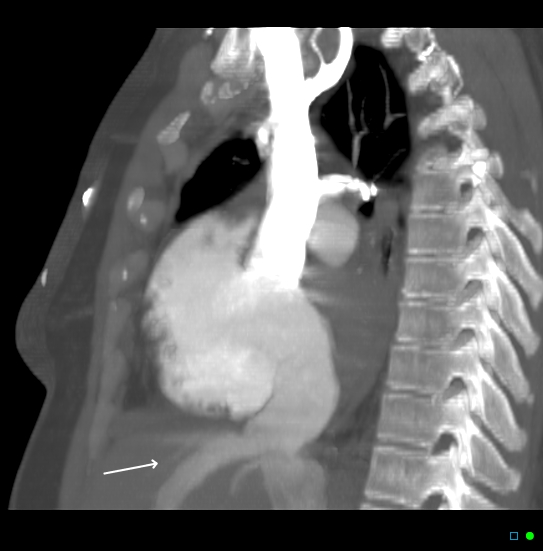

Additionally, about 16% patients with aortic stenosis also suffer moderate or severe tricuspid regurgitation. It has been found that both degenerative mitral insufficiency and rheumatic mitral stenosis are associated with high prevalence of tricuspid regurgitation prevalence. Secondary tricuspid regurgitation, known as functional tricuspid regurgitation (FTR), is a kind of common tricuspid disfunction mainly caused by left heart diseases. TAC index ≥ 7.86 cm/m 2 and postoperative atrial fibrillation are the risk factors of recurrent significant tricuspid regurgitation after concomitant tricuspid annuloplasty during left heart surgery. Clinically, concomitant tricuspid annuloplasty is relative safe and effective. The cut-offs of significant tricuspid regurgitation (more than moderate) were TAC 11.45 cm and TAC index 7.09 cm/m 2, respectively. The severity of secondary tricuspid regurgitation is associated with the tricuspid annular circumference.

Optimal TAC index cutoff to predict recurrent tricuspid regurgitation was 7.86 cm/m 2 Conclusions Based on findings of multivariable logistic regression, it has been showed that TAC index and postoperative atrial fibrillation were the independent risk factors of recurrent regurgitation after surgery. Optimal cutoffs of significant tricuspid annulus dilatation were recommended (TAC 11.45 cm, Sensitivity 82.89%, Specificity 73.68%, AUC 0.915 TAC index 7.09 cm/m 2, Sensitivity 73.68%, Specificity 85%, AUC 0.825, respectively). A total of 116 patients receiving tricuspid annuloplasty were included. There was 1 patient was excluded who died after surgery. Univariable and multivariable logistic regression analyses were performed to identify the risk factors of postoperative recurrent tricuspid regurgitation. Optimal TAC and TAC index (TAC/body surface area, BSA) cutoffs of significant tricuspid annulus dilatation (moderate and severe) were obtained. Tricuspid annular circumference (TAC) was measured under cardiac arrest during surgery procedure by cardioplegia. Perioperative data and mid-term outcome were collected. Severity of tricuspid regurgitation was classified as 4 subtypes: normal, mild, moderate and severe. Methodsįrom October 2018 to June 2019, a total of 117 patients receiving concomitant tricuspid annuloplasty within left heart surgery were enrolled. To identify the association between tricuspid annular circumference and secondary tricuspid regurgitation and analyze the risk factors of recurrent tricuspid regurgitation after concomitant tricuspid annuloplasty during left heart surgery.


 0 kommentar(er)
0 kommentar(er)
